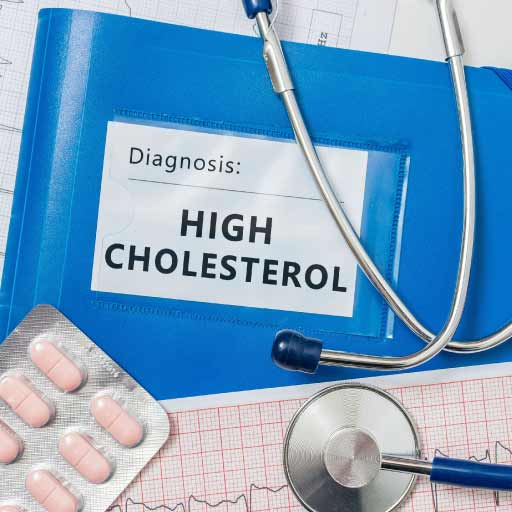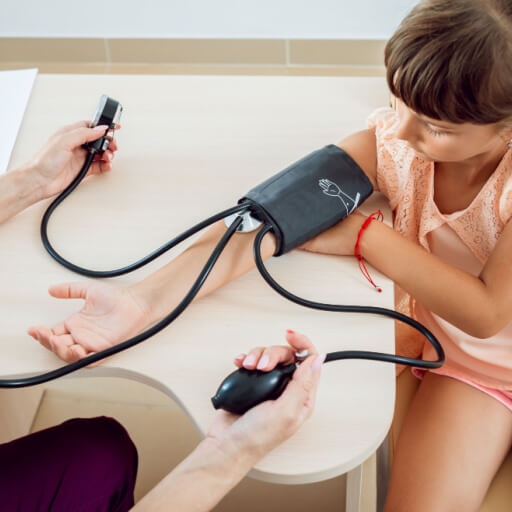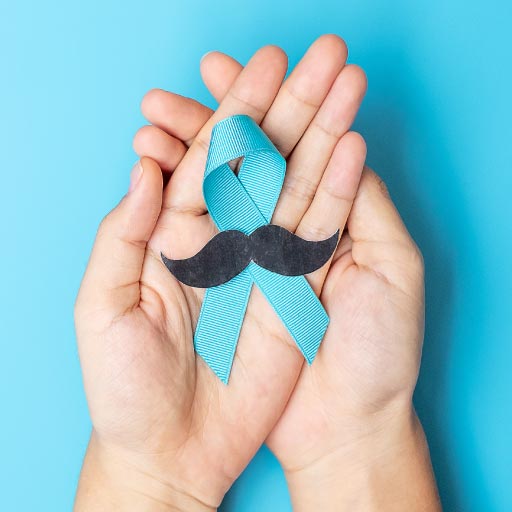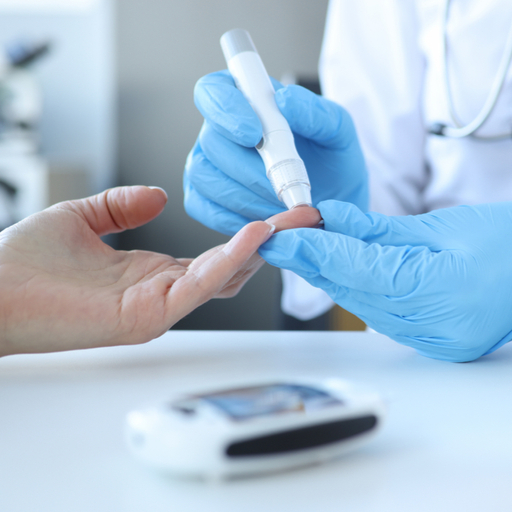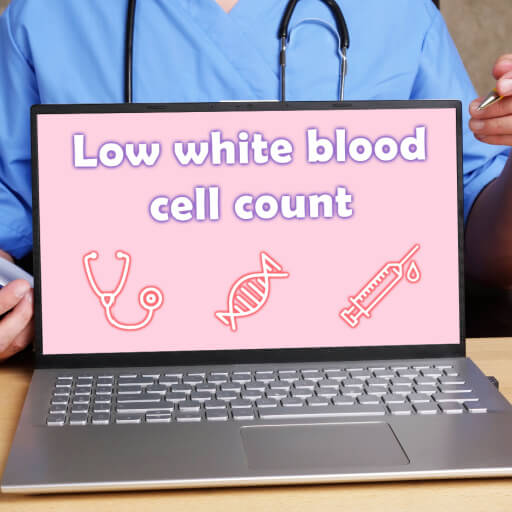Cholesterol is an important waxy substance in the blood to build healthy cells. However, high cholesterol can lead to the development of fatty deposits in the blood vessels. These deposits can break suddenly and cause a clot in the blood vessels, eventually leading to a heart attack and stroke.
What you need to know:
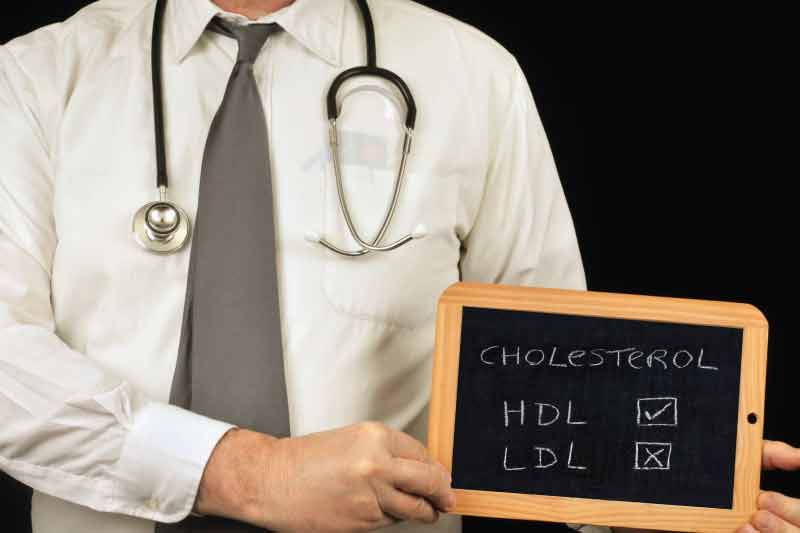
While not all cholesterol is bad for your body, the type known as low-density lipoprotein (LDL) is considered bad cholesterol, which, if not checked, can put people at a higher risk of health problems. Although cholesterol is naturally produced in the body, consuming saturated foods and sugar can lead to obesity or an increase in bad cholesterol levels. If this condition worsens, it can cause chest tightness and shortness of breath.
Early signs to detect high cholesterol
Here are some warning signs of cholesterol that people should not ignore:
- Symptoms that are hardly spoken about, changes in eye color, appearance of eyelids, white and yellow deposits around the cornea, and yellow bumps around your eyes (known as Xanthelasma due to cholesterol build-up under the skin) point toward increased levels of bad cholesterol. This condition commonly occurs in smokers or people with high blood pressure, diabetes, or obesity.
- Numbness in the feet and leg could be one tell-tale sign of high cholesterol. When plaque develops in arteries and blood vessels, it causes interruptions in the blood flow. This prevents oxygen-rich blood from reaching your arms and legs, which may cause an uncomfortable, tingling sensation. Some other signs include cramping, cold legs or feet, and sores that don’t heal.
- Keep note of signs such as shortness of breath and pain in the abdomen, jaw, or back, extreme fatigue, chest pain, and nausea. These can be related to Coronary Artery Disease (CAD) caused by plaque build-up that narrows or hardens the arteries which supply blood to the heart.
- Sudden dizziness, loss of balance and coordination, slurring words, confusion, facial asymmetry, severe headache, blurred vision, and numbness on one side of the body are symptoms of a stroke. These occur when blood supply to an important part of your brain is reduced or cut off.
Healthy lifestyle practices to lower the risk of cholesterol
Adopting healthy lifestyle practices as early as possible is crucial to reduce the possibility of high cholesterol.
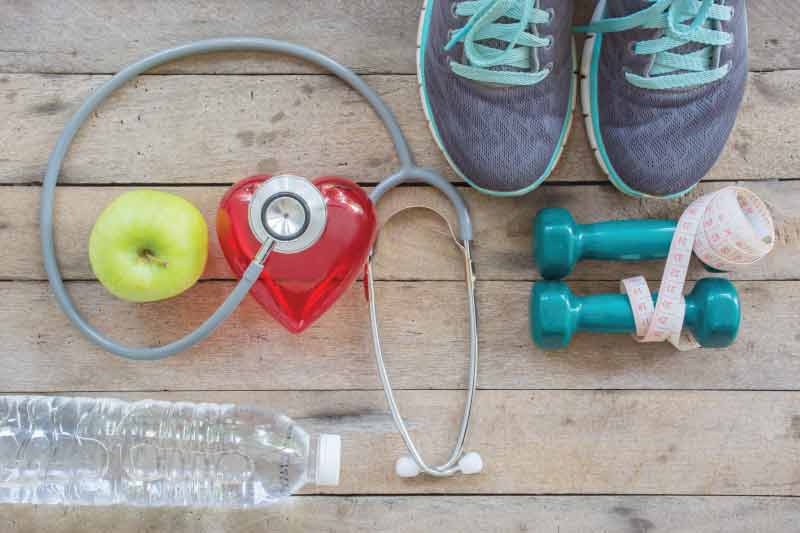
- Avoid alcohol and smoking, which is many a time the root cause of stress, high blood pressure, and a potent risk to your heart health.
- Consume a diet low in saturated fats but is a powerhouse of fiber.
- Maintain a healthy weight. Eating junk, fried, processed, and sugary foods is a leading cause of obesity. The more abdominal fat a person has, the more likely they fall prey to bad cholesterol. You can keep track of your body mass index on our online BMI Calculator.
- Exercise daily. Try any form of activity, be it HIIT, cardio, aerobics, dancing, or strength training. Stay active as a sedentary lifestyle is harmful to your well-being.
You can rely on our online Total Cholesterol Calculator to get a cholesterol reading. Stay active in the Activ Living Community to find more details on nutrition and mindfulness.





 1800-270-7000
1800-270-7000


